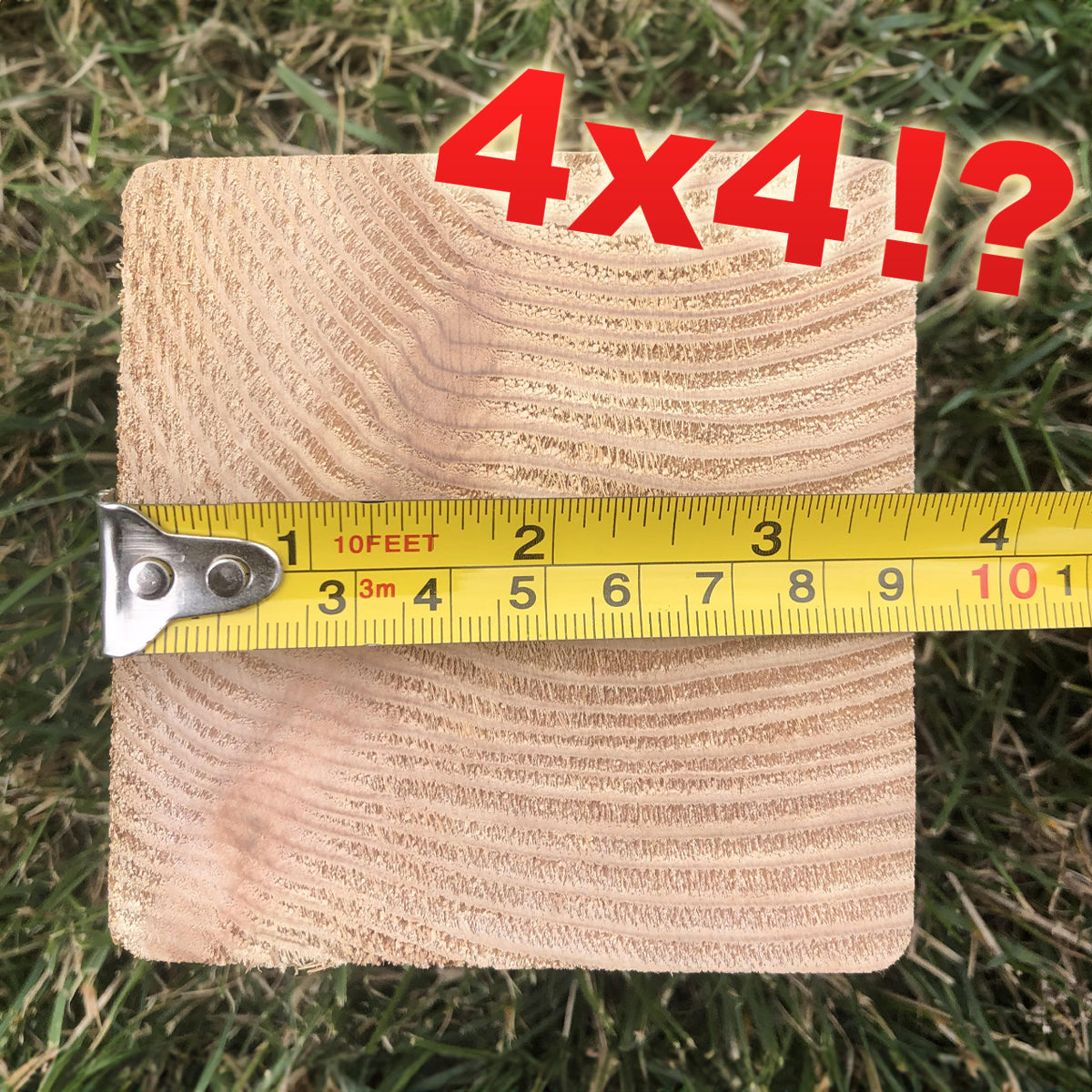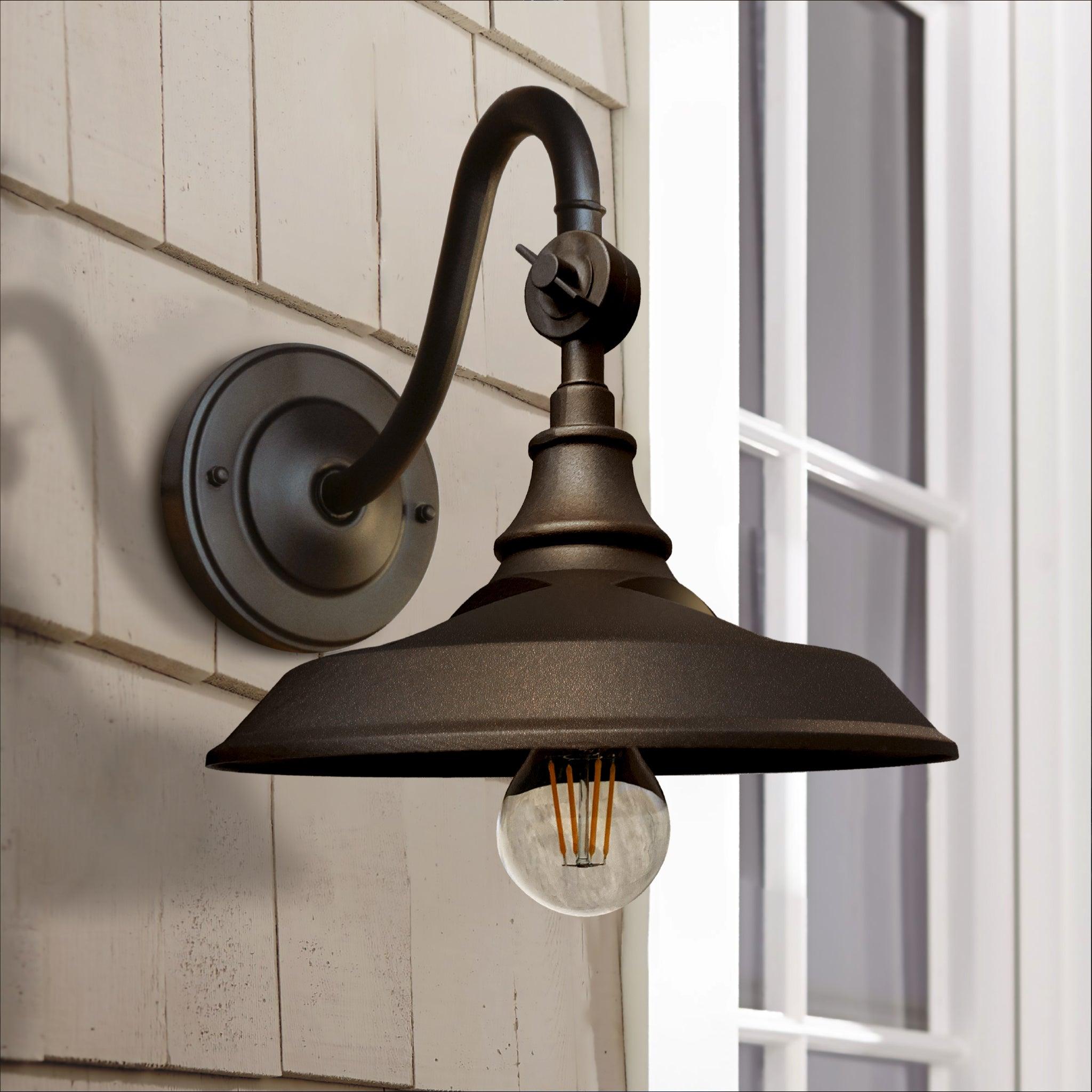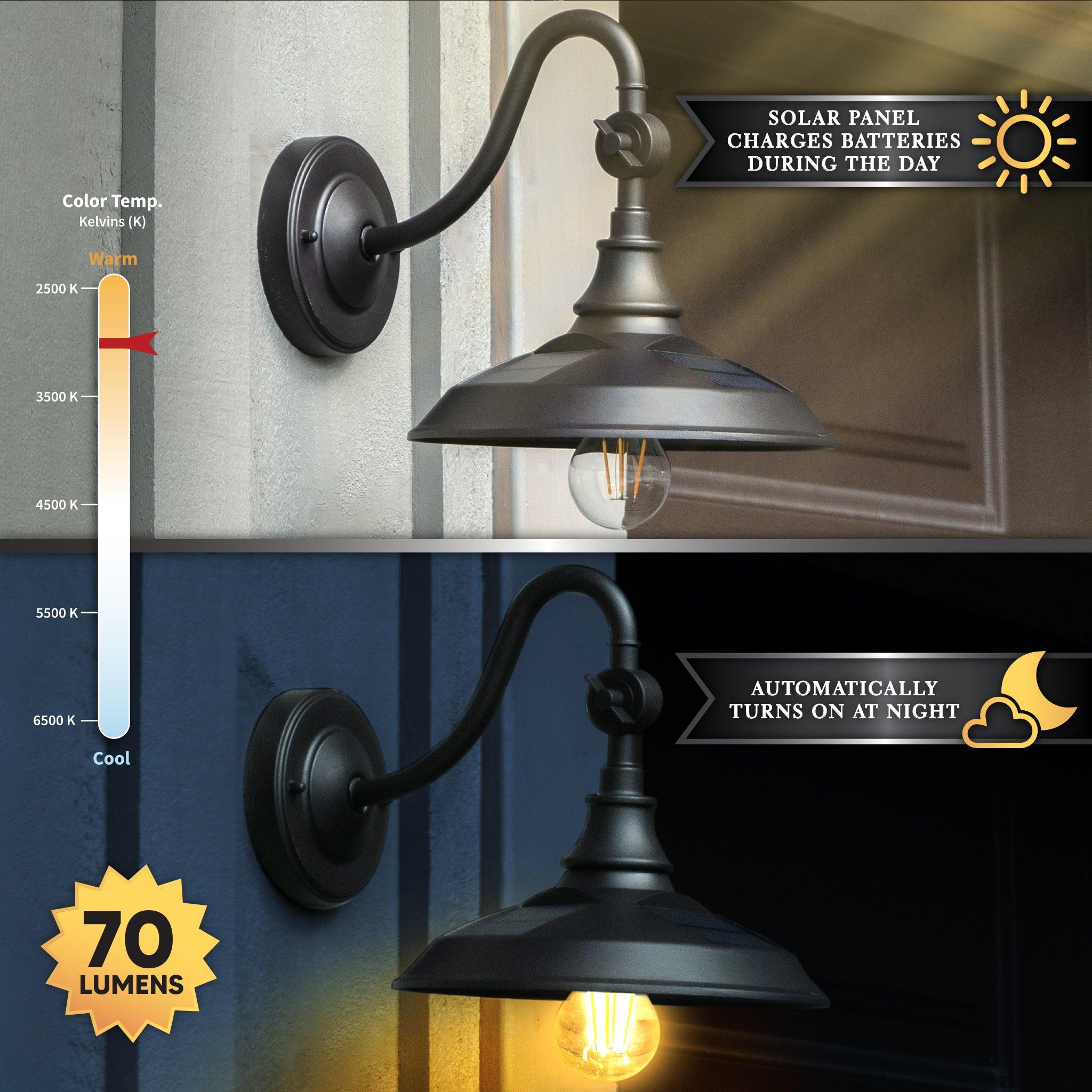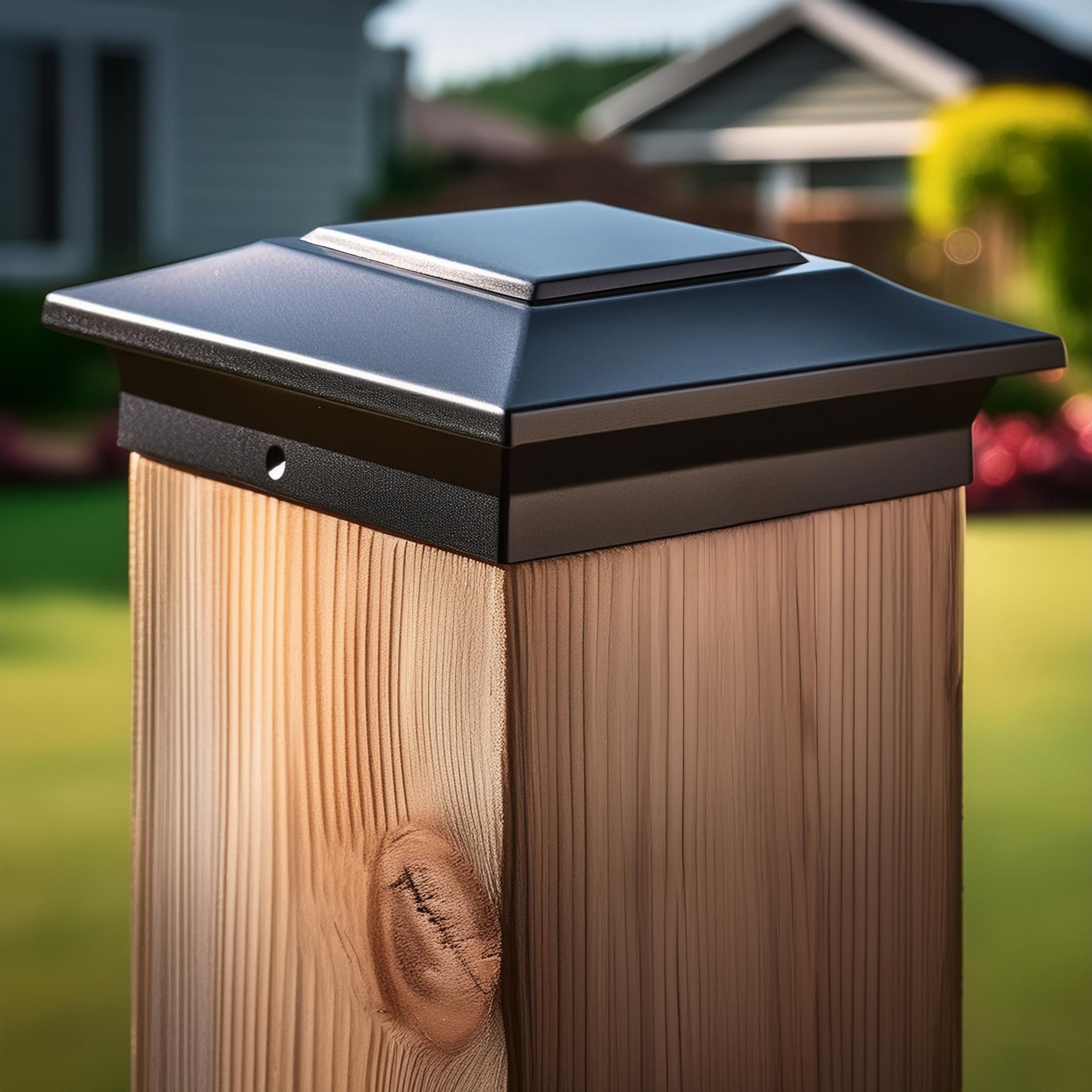When embarking on an outdoor project, one crucial detail that often causes confusion is the difference between nominal and actual lumber post sizes. Whether you’re building a deck, a fence, or a custom structure, understanding these terms will help you make more informed decisions and ensure your project turns out just as you envision. Let’s break down the distinctions between nominal and actual lumber sizes and why they matter.
1. What is Nominal Size?
Nominal size refers to the name or label given to a piece of lumber. It is the size of the lumber before it has been processed or planed. For example, when you purchase a 4x4 post, the nominal size is 4 inches by 4 inches. This is the size that is used for marketing and is often the size you see labeled on the lumber at your local hardware store.
However, the nominal size is not the actual size of the lumber once it has been processed. The lumber is often dried and planed, which reduces its dimensions.
2. What is Actual Size?
Actual size is the precise measurement of the lumber after it has been dried, planed, and finished. This is the size you get once the rough, sawn lumber has been smoothed and reduced to its final dimensions. For instance, a nominal 4x4 post typically measures 3.5 inches by 3.5 inches in actual size. This reduction occurs due to the drying and planing process, which smooths the rough surface and reduces the dimensions.
3. Why the Difference?
The difference between nominal and actual sizes exists due to the manufacturing process. When lumber is first cut from logs, it is rough and has a larger nominal size. To achieve a smooth finish and make the lumber more usable, it is planed and dried, which reduces its size. This process ensures that the lumber has a uniform texture and is easier to work with, but it also means the final dimensions are smaller than the nominal size.
4. Practical Implications
Understanding these size differences is essential for several reasons:
- Accurate Planning: When designing a project, it’s crucial to account for the actual dimensions of the lumber. If you base your plans on nominal sizes, you may end up with parts that don’t fit together as expected. Always measure the actual size before cutting or assembling components.
- Structural Integrity: For projects where precise dimensions are crucial, such as structural supports or framing, using the actual size of the lumber ensures that your construction adheres to building codes and safety standards.
- Material Estimation: Knowing the actual size of lumber helps in accurately estimating the amount of material you’ll need for your project, preventing shortages or excesses.
- Accessories: Its important to know the true dimensions of your post when buying accessories such as Solar Post Caps, Aluminum Post Caps, or PVC Post Caps to ensure they fit properly.
5. How to Measure Lumber
To measure lumber accurately:
- Use a Tape Measure: Measure the width and height of the lumber using a tape measure to determine its actual size.
- Check the Label: Many suppliers list both nominal and actual sizes on their labels, so refer to this information when planning your project.
- Consult Manufacturer Specifications: For more precise needs, especially in custom or high-stakes projects, consult the lumber supplier or manufacturer for detailed specifications.
6. Common Nominal Sizes and Their Actual Measurements
Here are a few common examples of nominal vs. actual lumber sizes:
- 2x4 Nominal Size = 1.5 inches by 3.5 inches Actual Size
- 4x4 Nominal Size = 3.5 inches by 3.5 inches Actual Size
- 6x6 Nominal Size = 5.5 inches by 5.5 inches Actual size
Conclusion
Understanding the difference between nominal and actual lumber sizes is a fundamental aspect of successful construction and woodworking. By being aware of these dimensions, you can plan your projects more accurately, ensure proper fit, and achieve professional results. Next time you pick up lumber for your project, remember that while the nominal size is what you see on the label, the actual size is what you’ll be working with. Happy building!
For more tips and insights on decking and fencing, visit our blog or contact us. We’re here to help you with all your project needs!
















Dejar un comentario
Este sitio está protegido por hCaptcha y se aplican la Política de privacidad de hCaptcha y los Términos del servicio.